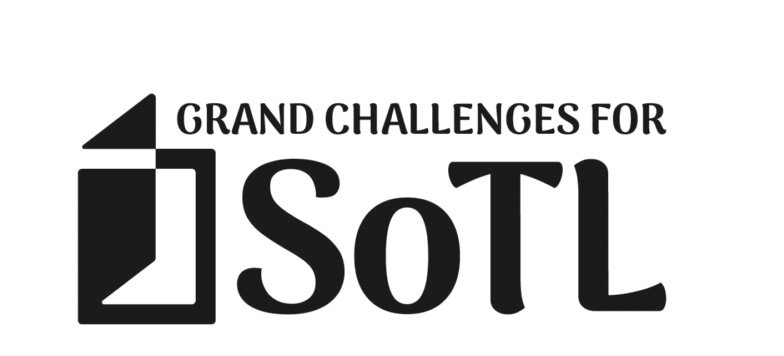Tone
The majority of business email interactions will use a formal or semi-formal tone.
Semi-Formal Tone is used for internal communications and memos, such as letters to colleagues and established business contacts. Use conventional sentence structure; in other words, write in full sentences. Inaddition, contractions, such as can’t, don’t, won’t, etc. are acceptable, but slang should not be used.
Formal Tone is used primarily for external communications, usually with clients. Within a company, it is used in proposal, letters to superiors, or important letters and messages that may carry legal implications. It is also used when contacting a new employer or new clients. Complex sentence structure is used, and both slang and contractions should be avoided.
Components of Professional Emails
Typically, all business emails should include a subject line, opening sentence, a body paragraph, and a closing statement.
Subject Lines should summarize the main theme/topic of the email in as few words as possible. Subject lines do not need to be a full sentence, include punctuation, or contain articles. To keep the subject lines current, dates and times should be updated if emailing multiple people on the same subject over time. The subject line should also include a verb, as the lack of a verb can trigger spam filters.
Openings should address the intended recipient(s) and the main idea as soon as possible. They should be direct and concise.
Body Paragraphs go into more detail about a subject and may discuss reasons for the email. It is important to only discuss one topic per paragraph, as the reader can only focus on one issue at a time. Graphics, tables, and figures would also be included in this section.
Closings should contain any relevant dates or deadlines, a closing thought, or a summary of the message. However, the closing may only need to include one of these items. In addition, close with your contact information, name, and signature.
In General
Do
Have a subject line that reflects the content of the message
Keep your email to three screens in length or shorter, or approximately 300 words
Close the email with your name and contact information
Do not
Use internet acronyms (OMG, LOL, BRB, GTG)
Use all lower case or all capital letters
Use slang
Use idioms
Write statements that speak for the entire organizations, unless permission has been granted from a superior





















